Tue, 01/24/2017 - 6:23pm

The March. It was all any of us could talk about Monday morning as we gathered around the children's room desk asking how our respective weekends were. Who took the T? Who walked? Who chauffeured? Did LA or Chicago have the second largest crowd? We talked around and over each other, while one of us searched her smartphone for facts. Library staff and patron swapping stories about a shared experience. It's the best kind of moment when you work in a public library.
From the 10 marchers in Adak, Alaska, to the 50,000 in Austin, to the estimated 175,000 in Boston, and the hundreds of thousands around and in-between, the Women's Marches are shaping up to be the largest demonstration in United States history. Professors from Northeastern University, seeing the signs left to be discarded after the Boston march, promtply rented a van to gather up signs which are now in the safe hands of archivists from Northeastern University's Snell Library, to be preserved for future generations. Its reach was international, and even included participants in Antarctica.
There has been praise and criticism for the marches. With such a massive turnout at Boston Common there's a very good chance you either participated or know someone who did. This was the case at the library (see photos below). Regardless of political divides and differences of opinion about where our country is headed, the marches provide a way to reflect. By checking out a book, watching a video, or reserving a museum pass, the public library can provide the enrichment.
Cathy
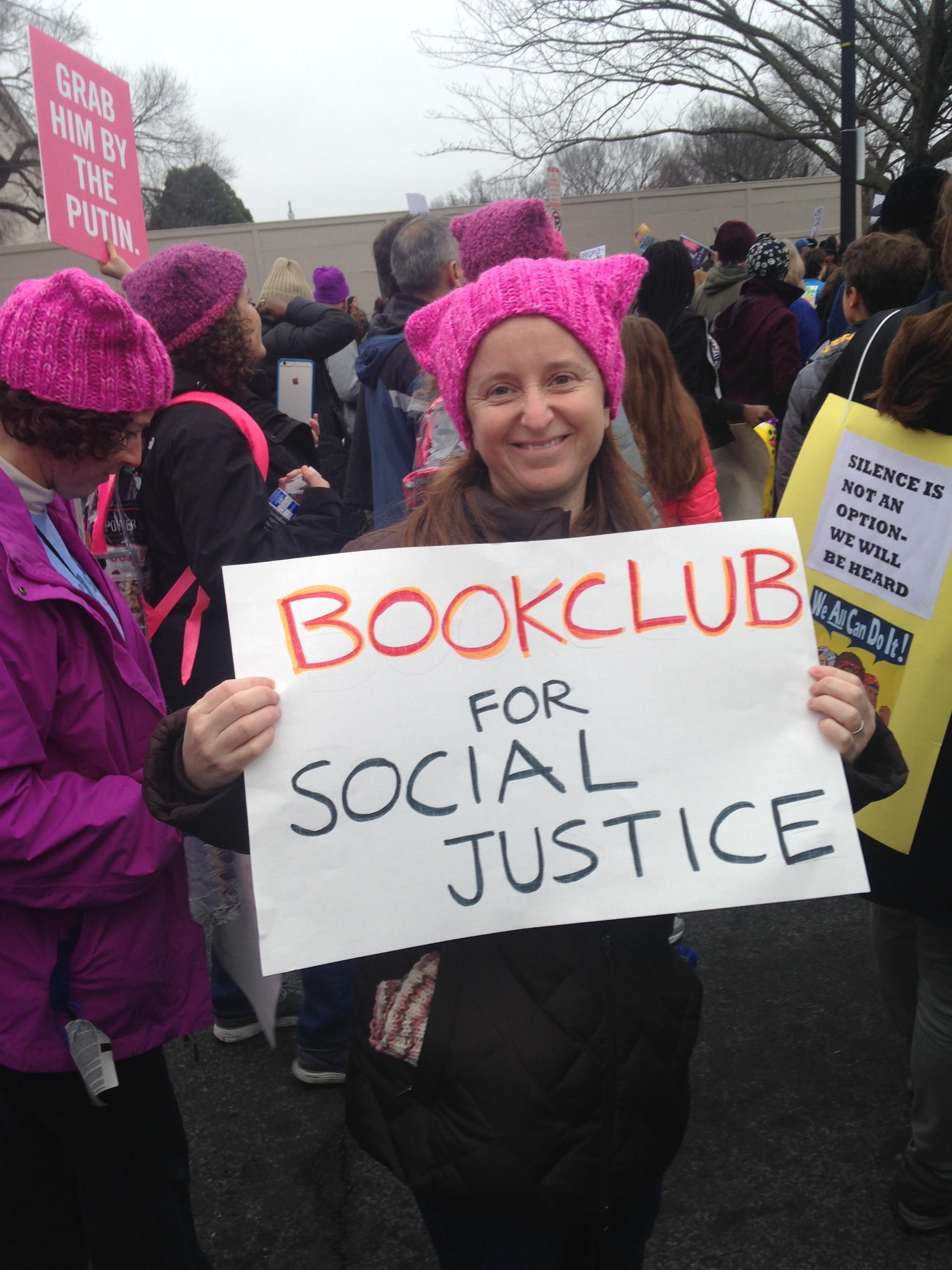
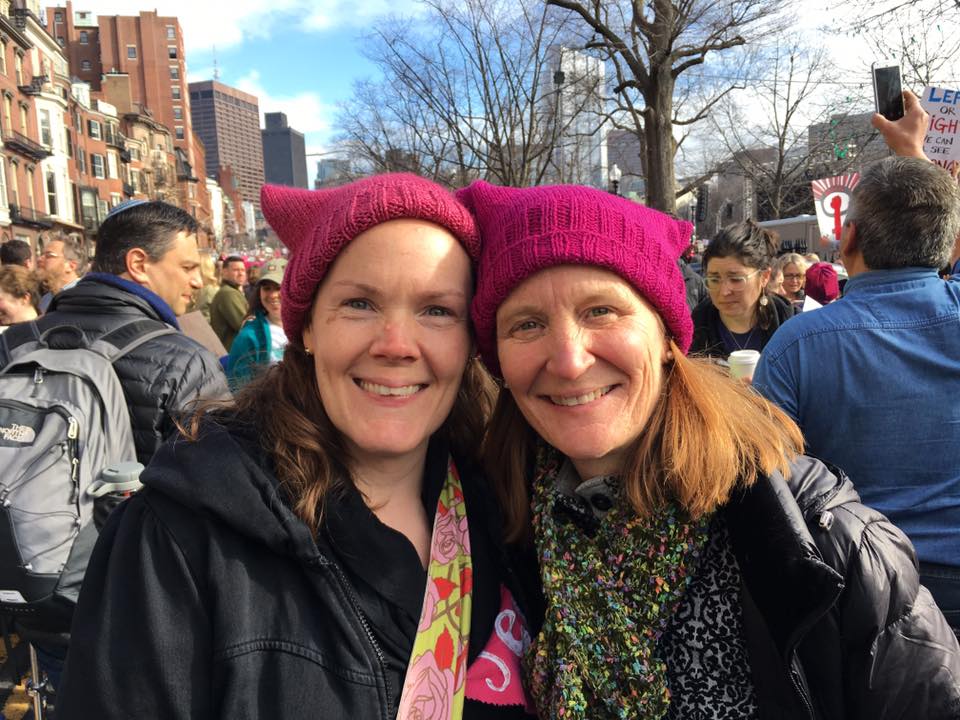
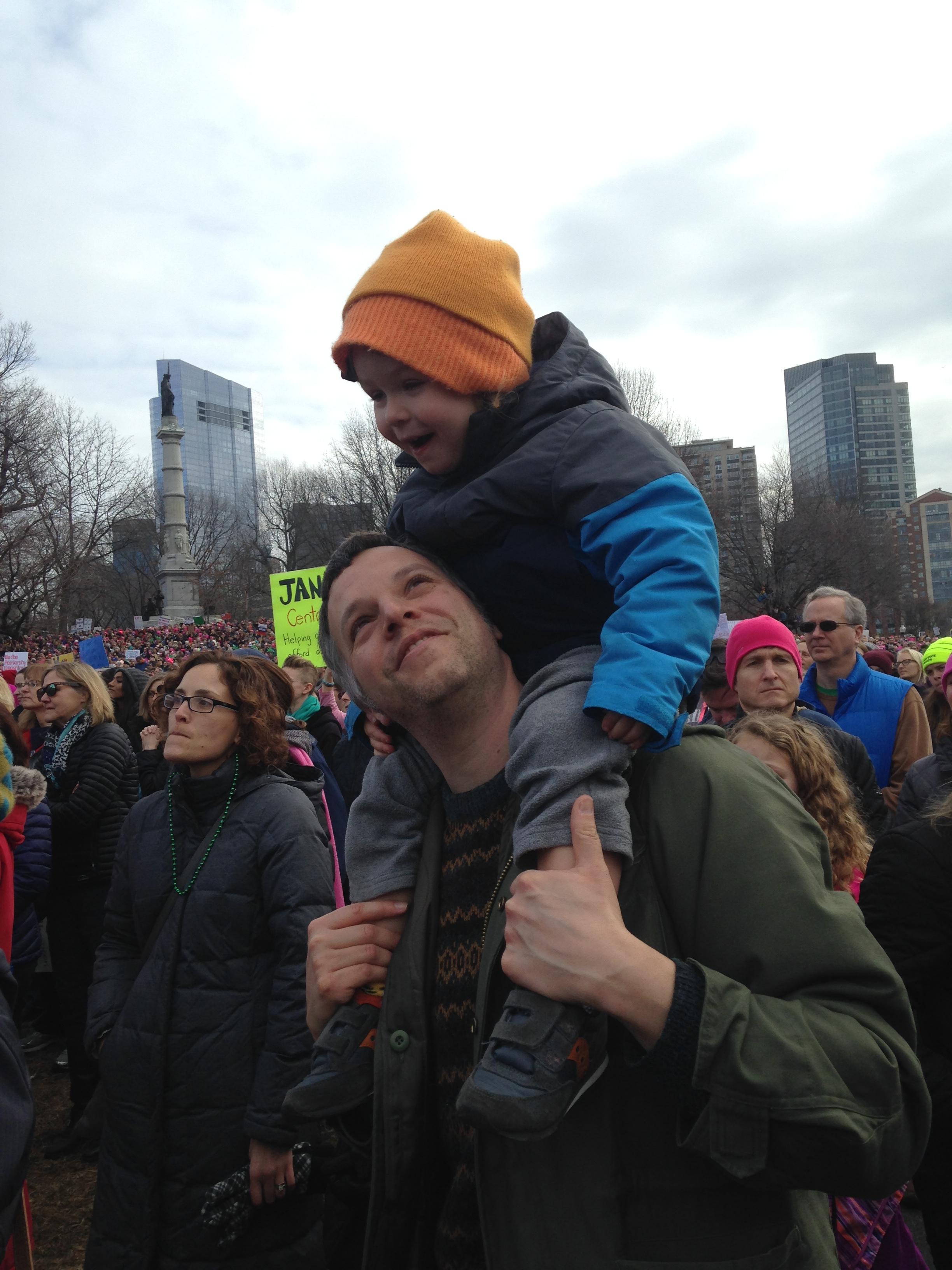
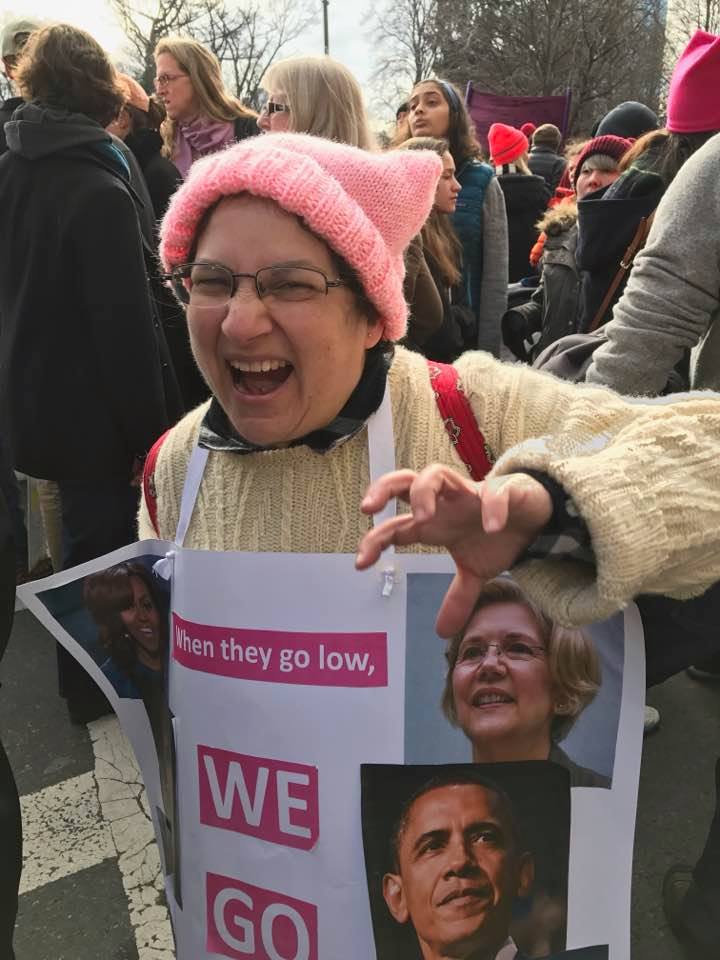
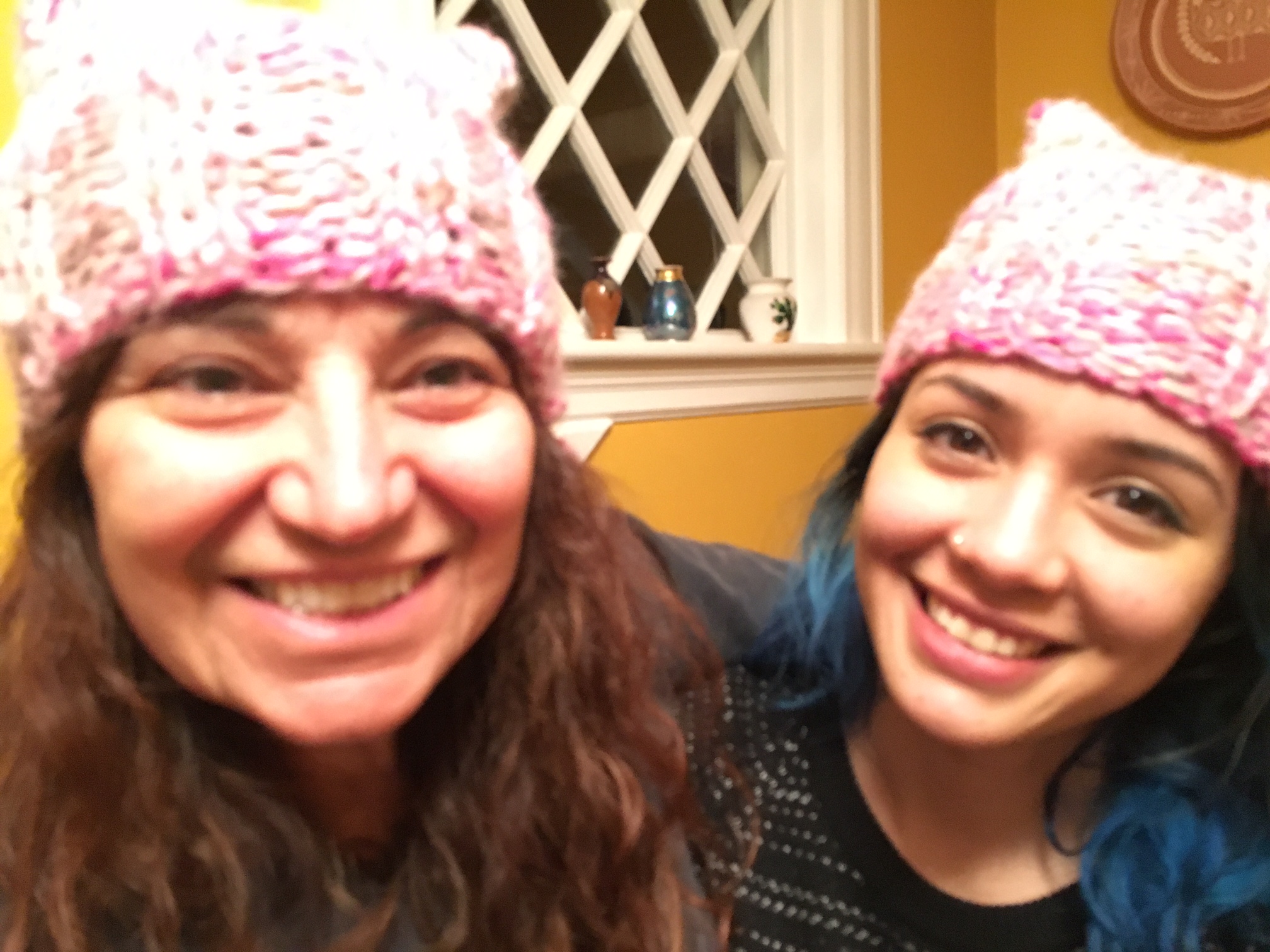
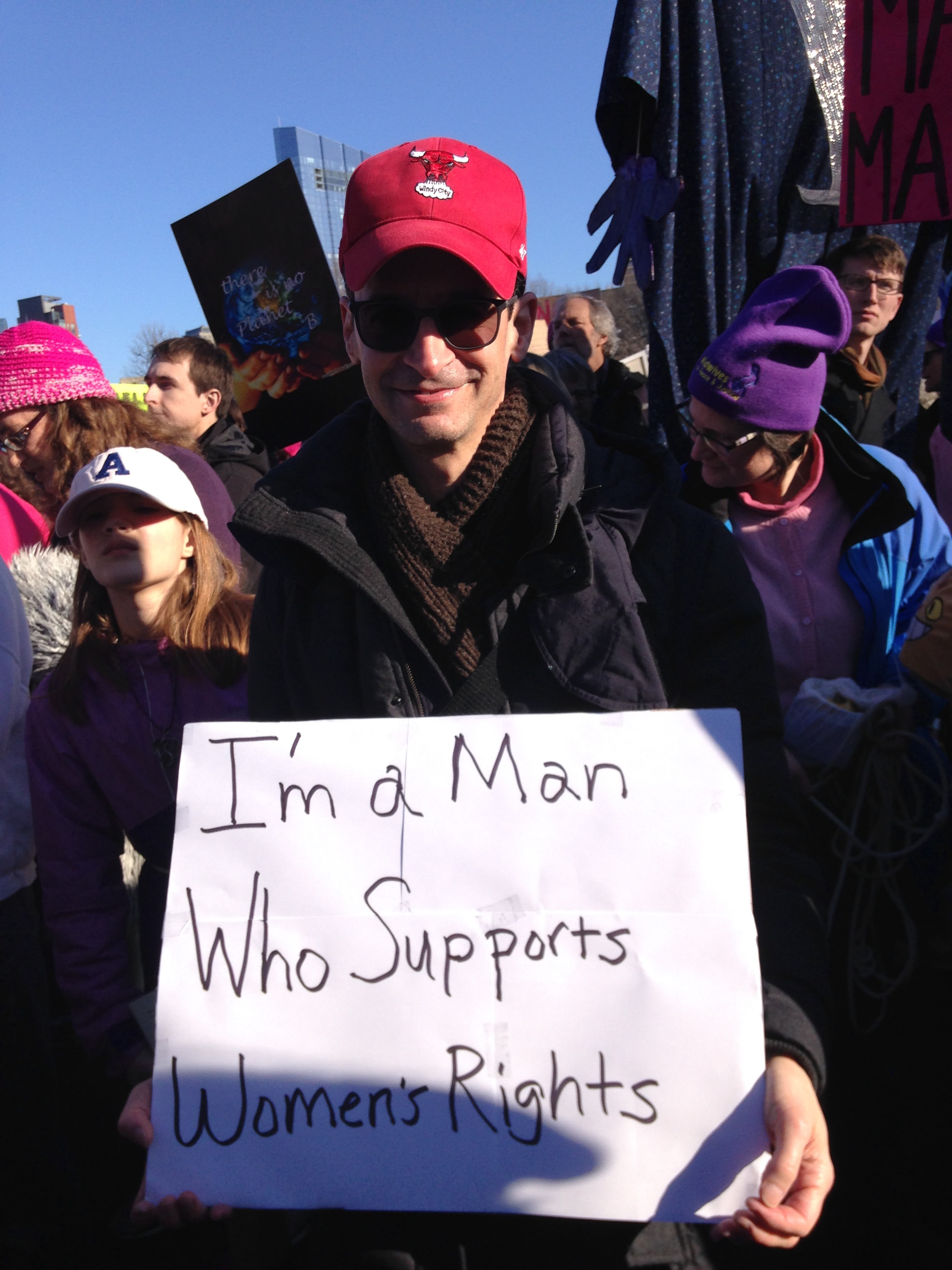

Add new comment